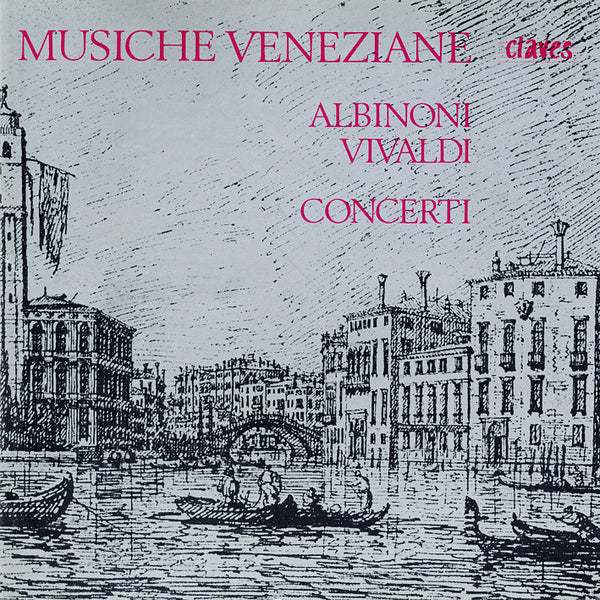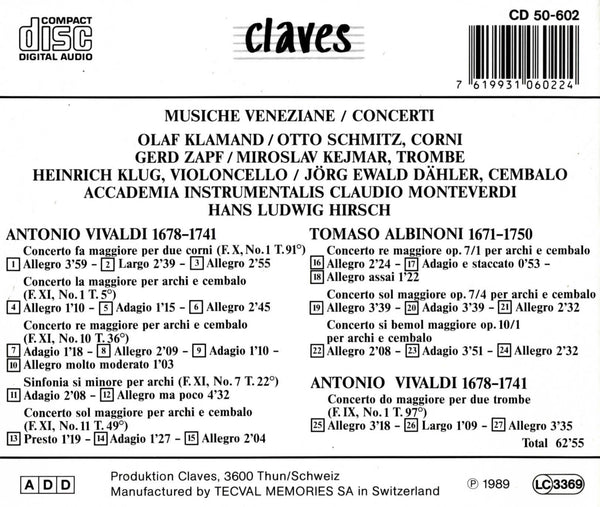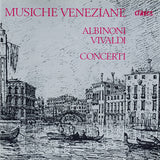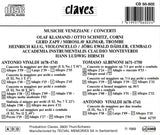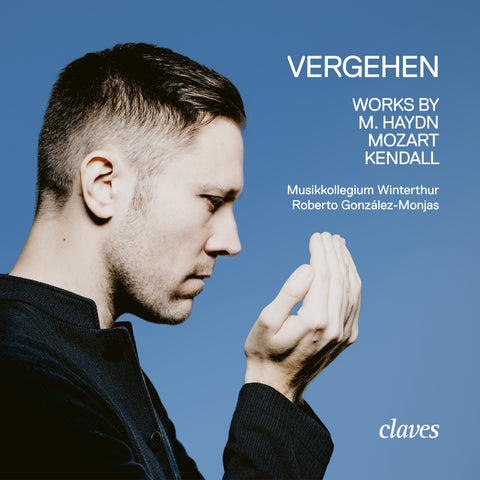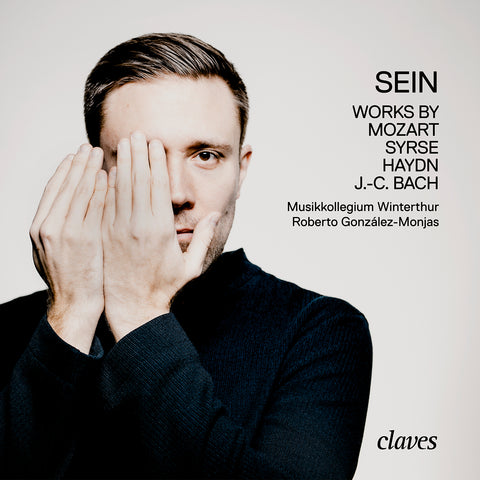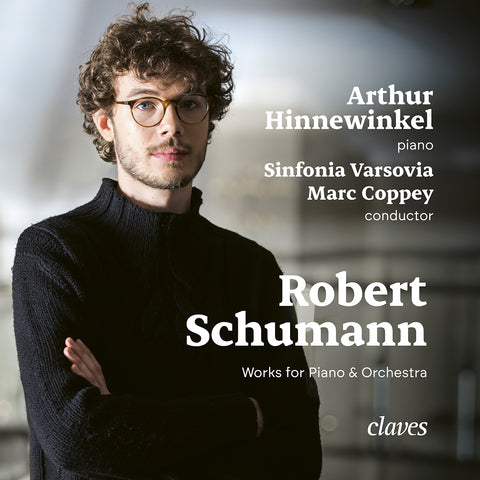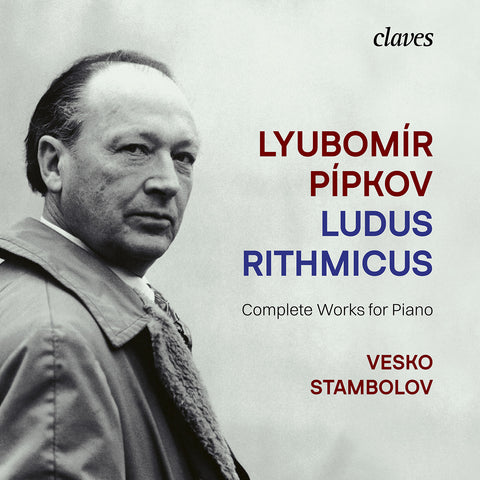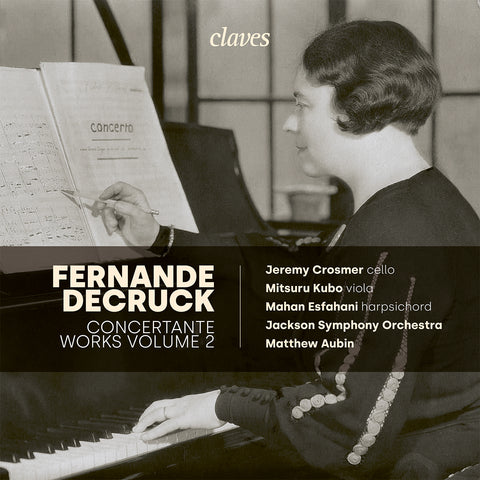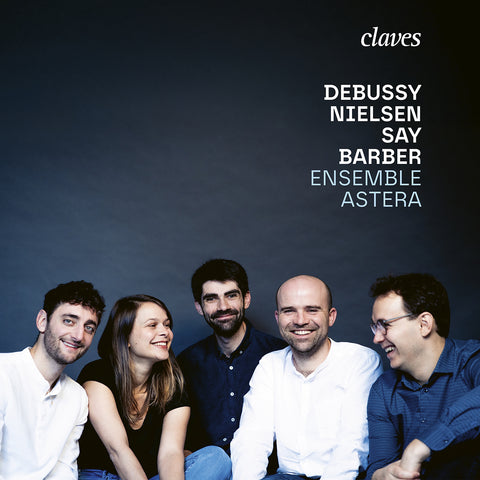(1976) Vivaldi & Albinoni: Concerti
Category(ies): Ancient music Concerto
Instrument(s): Harpischord Trumpet
Main Composer: Antonio Vivaldi
CD set: 1
Catalog N°:
CD 0602
Release: 1989
EAN/UPC: 7619931060224
- UPC: 886788629714
This album is now on repressing. Pre-order it at a special price now.
CHF 18.50
This album is no longer available on CD.
This album has not been released yet. Pre-order it from now.
CHF 18.50
This album is no longer available on CD.
This album is no longer available on CD.
VAT included for Switzerland & UE
Free shipping
This album is now on repressing. Pre-order it at a special price now.
CHF 18.50
This album is no longer available on CD.
This album has not been released yet.
Pre-order it at a special price now.
CHF 18.50
This album is no longer available on CD.
This album is no longer available on CD.
VIVALDI & ALBINONI: CONCERTI
Nietzsche
Vivaldi loved to experiment with old and new, unusual and not yet perfected instruments as well as with rooms and acoustics. His recorded concertos for brass wind-instruments are good examples of this. According to Walter Kolneder – a Vivaldi specialist – they were written for two F Horns which advance even to the clarion register, outdoing with their D’’’ even the trumpets which have to play only C’’’ in their double concertos.
Conversely Malipiero and Fanna are of the opinion that the two horns have to play in the ‘ottava bassa’. Certainly, the high horns were the usual, but even specialists who are well acquainted with these instruments cannot agree as to whether the difficulties of the Vivaldi concerto with regard to the method of blowing and the intonation can be overcome. Therefore we have decided in favor of the solution suggested by Malipiero and Fanna, which seems justified historically.
Both double concertos show similar characteristics. The horns encircle with their quick outside movements the poetic largo of the violoncello, the trumpets sparkle in their allegri, while the adagio is only an epigrammatic transition. The concerto in A major is another example of Vivaldi’s brilliant entertaining music. Right at the beginning we seem to find ourselves in the middle of the ‘eternal carnival’, in the hurly-burly of the masked crowds from the fund of the ‘music of the people’. A short motiv is sufficient to inspire his fantasy.
The ‘Concerto Madrigalesco’ shows Vivaldi as a spirited master of counterpoint, drawing-out individually each one of the four voices forming them into double fugues. ‘Concerto Madrigalesco’ – is it a hint of looking-back to the madrigal tradition of the Renaissance period? There are no facts to support this theory but the polyphonic structure of the fugues might be interpreted as a commentary on a musical form long since passed.
A clear answer, however, can be given to the question about the significance of the title ‘Sinfonia al Santo Sepolcro’. The mystery of the ’Holy Sepulchre’ gave the composer a vision in sound which reaches in its spiritualization a degree comparable to Bach’s Passion music. The pure ascetism of Bach finds its counterpart in the sublimated sensuousness of the ‘maestro veneziano’.
(1976) Vivaldi & Albinoni: Concerti - CD 0602
If I want to find another word for music it is again and again Venice.
Nietzsche
Vivaldi loved to experiment with old and new, unusual and not yet perfected instruments as well as with rooms and acoustics. His recorded concertos for brass wind-instruments are good examples of this. According to Walter Kolneder – a Vivaldi specialist – they were written for two F Horns which advance even to the clarion register, outdoing with their D’’’ even the trumpets which have to play only C’’’ in their double concertos.
Conversely Malipiero and Fanna are of the opinion that the two horns have to play in the ‘ottava bassa’. Certainly, the high horns were the usual, but even specialists who are well acquainted with these instruments cannot agree as to whether the difficulties of the Vivaldi concerto with regard to the method of blowing and the intonation can be overcome. Therefore we have decided in favor of the solution suggested by Malipiero and Fanna, which seems justified historically.
Both double concertos show similar characteristics. The horns encircle with their quick outside movements the poetic largo of the violoncello, the trumpets sparkle in their allegri, while the adagio is only an epigrammatic transition. The concerto in A major is another example of Vivaldi’s brilliant entertaining music. Right at the beginning we seem to find ourselves in the middle of the ‘eternal carnival’, in the hurly-burly of the masked crowds from the fund of the ‘music of the people’. A short motiv is sufficient to inspire his fantasy.
The ‘Concerto Madrigalesco’ shows Vivaldi as a spirited master of counterpoint, drawing-out individually each one of the four voices forming them into double fugues. ‘Concerto Madrigalesco’ – is it a hint of looking-back to the madrigal tradition of the Renaissance period? There are no facts to support this theory but the polyphonic structure of the fugues might be interpreted as a commentary on a musical form long since passed.
A clear answer, however, can be given to the question about the significance of the title ‘Sinfonia al Santo Sepolcro’. The mystery of the ’Holy Sepulchre’ gave the composer a vision in sound which reaches in its spiritualization a degree comparable to Bach’s Passion music. The pure ascetism of Bach finds its counterpart in the sublimated sensuousness of the ‘maestro veneziano’.
Return to the album | Composer(s): Antonio Vivaldi | Main Artist: Accademia Instrumentalis Claudio Monteverdi







